Milling blackwood in the Marlborough Sounds
Paul Millen, New Zealand Tree Grower February 2017.
My brother and I recently milled eight blackwood trees extracted from our Marlborough Sounds property. The sawmiller was Martin Douglass from Motuere, using a Woodmizer mobile sawmill.
The trees were over 30 years old and diameters ranged from 30 to 60 cm. All had been pruned to between four and six metres. Three to four logs a tree were milled, at lengths between 2.4 metres and 3.6 metres. This included unpruned logs from above the pruning lift that were targeted to produce decorative knotty flooring. Trees were being felled as sawmilling progressed, so felling was only between 24 and 48 hours before sawing.
Smaller logs had any sapwood slabbed off then one or two flat sawn boards taken off both sides to leave a 170 mm wide cant. This was then cut along the pith into two halves which were then flat sawn.
All the boards were then edged to a width of 157 mm to ensure they were straight. Larger pruned logs were quarter sawn and to do this successfully most of the sapwood was also removed before quartering.
The timber was custom sawn to 157 mm by 27 mm and supplied green for a new house. It was delivered to a Marlborough-based specialist wood processor to be seasoned, square dressed and then run through to produce tongue-and-groove flooring with a 135 mm face.
Do the dollars stack up?
We sold 3.75 sawn cubic metres for $1,800 a cubic metre. However, the sawmilling process was only producing one cubic metre a day. We set aside some quarter sawn high grade clears cut from the best butt logs that we can sell for $4,000 a cubic metre. Therefore, in the future this decorative mixed knotty grade we will price at $2,500 a cubic metre if green sawn and $3,000 if filleted and seasoned before sale.
Pinot noir of timber
Blackwood is a niche timber that I suggest is like the pinot noir variety of New Zealand exotic timbers. The timber has some incredible colour and diversity, and it is a relatively easy hardwood to saw and season. There is a lot of satisfaction in producing a really top notch product. I know there is some excellent mature well-managed farm forestry stands and these growers deserve to receive a high return given the demanding silviculture required to manage these early plantations. We just need to get a marketing campaign under way. In terms of future management of the blackwood stand, we have erred towards developing a continuous cover management system with high initial stocking enabling gradual removal of trees when they reach millable size. No new planting is needed as blackwood coppices and seeds freely, so it is a case of simply managing the regrowth and regeneration as it develops.
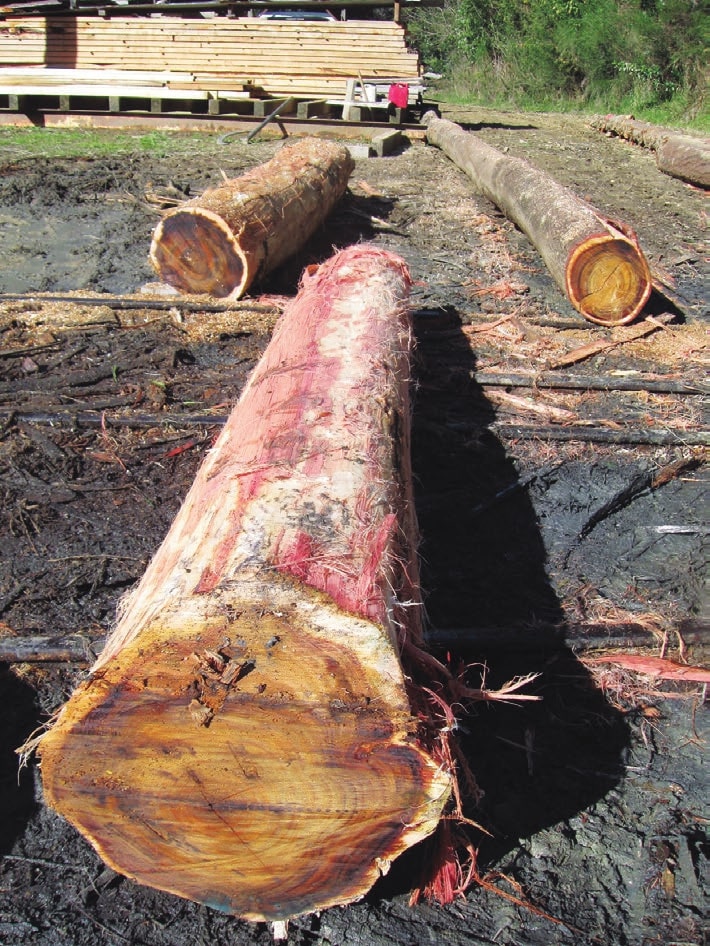
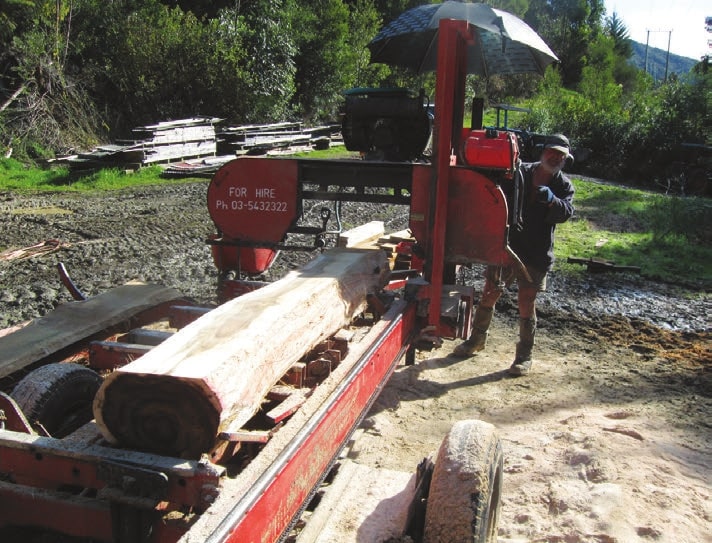
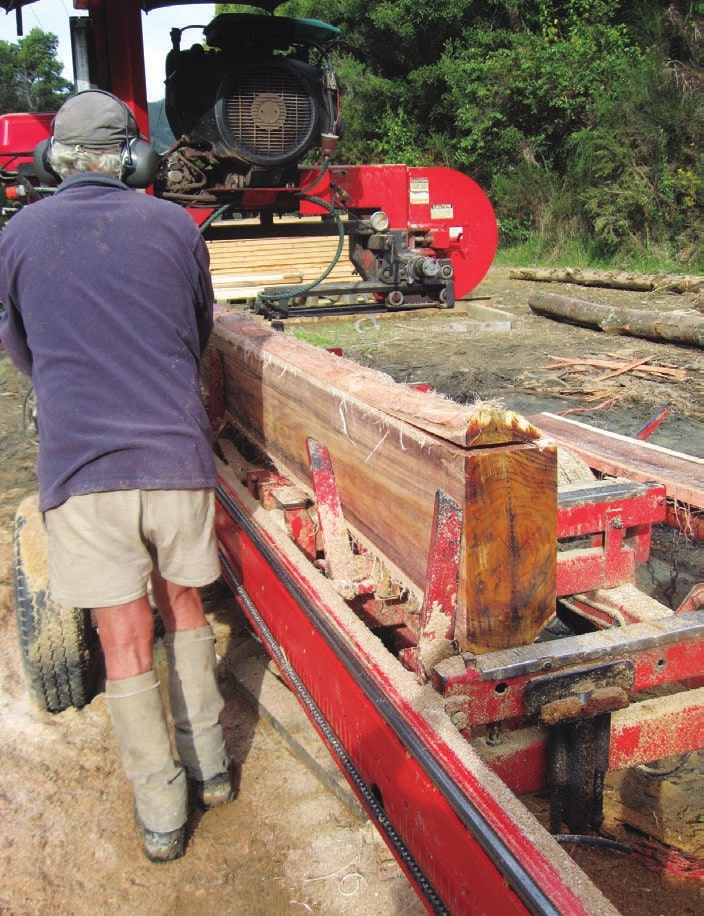
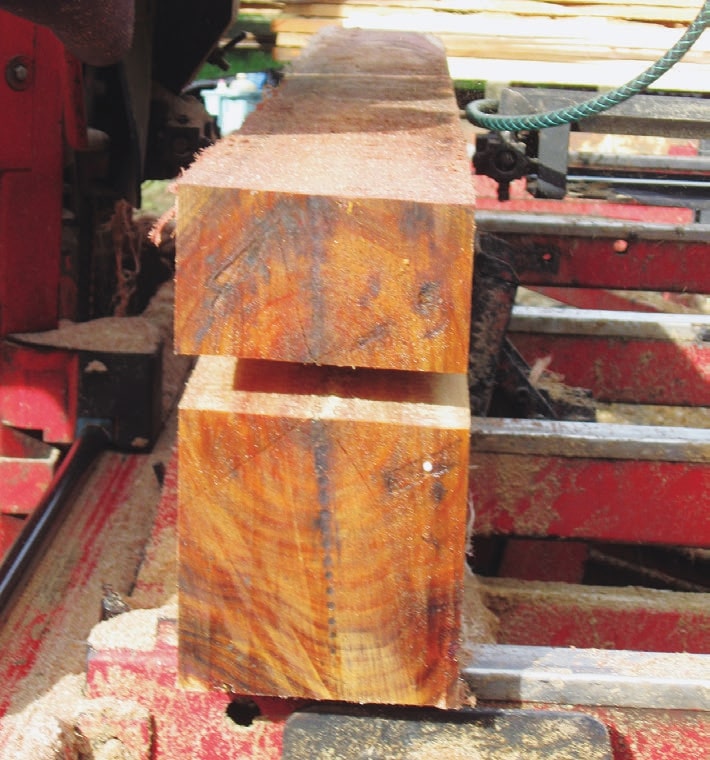
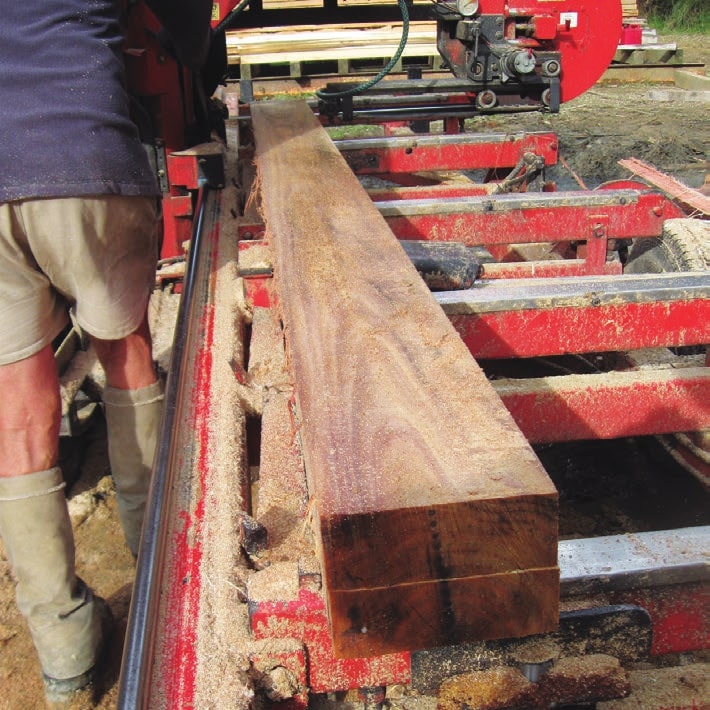
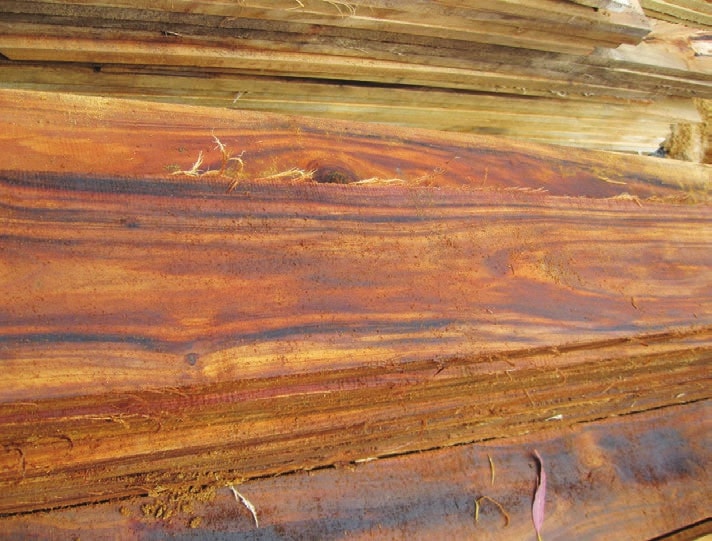
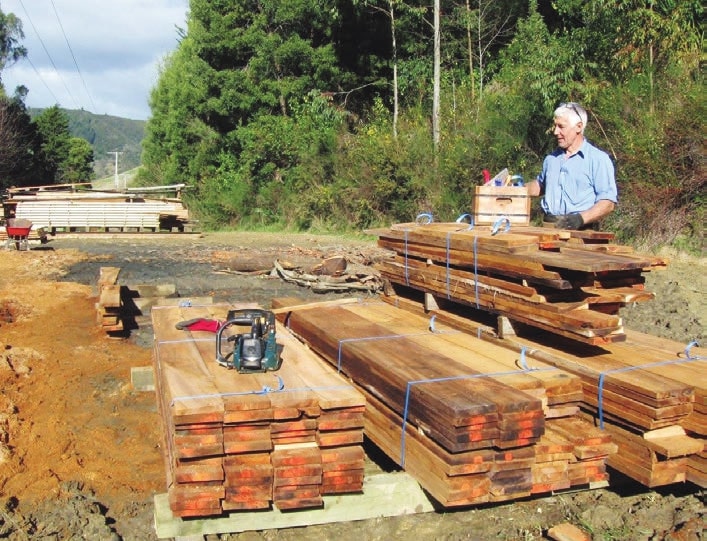

 Farm Forestry New Zealand
Farm Forestry New Zealand

